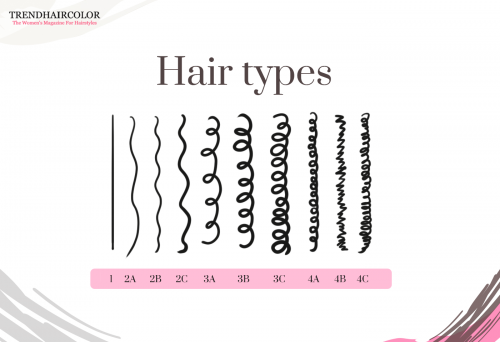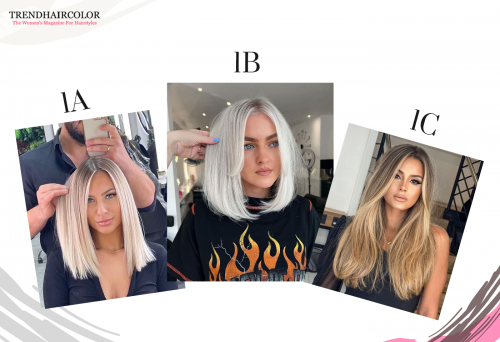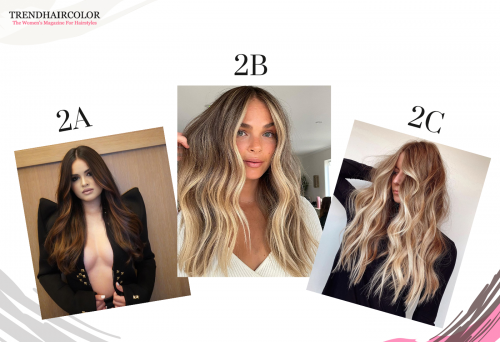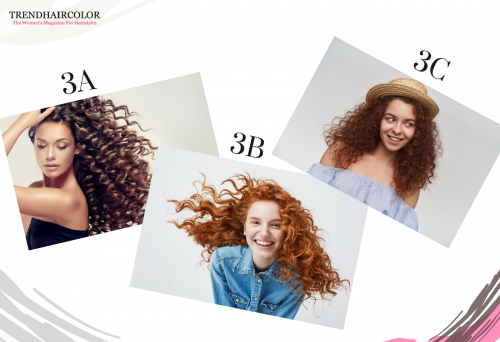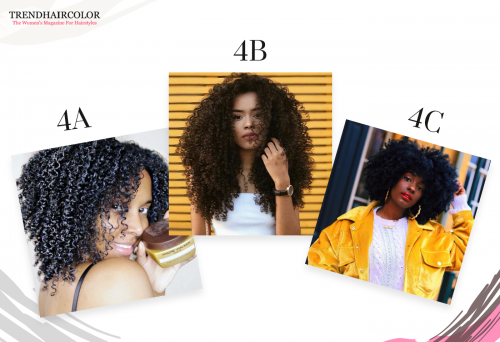You know whether your hair is straight, curly, or wavy, but have you ever heard that there are twelve hair types, and everyone's hair belongs to one of these types. There are four types, with each having three subcategories. You may think that knowing your hair type is unnecessary; however, we have to disappoint you; knowing your hair type, you will be able to find the best hairstyles and cuts that best suit your hair type and learn about the treatment each hair type requires.
Walker and Hair Typing System
Andrew Walker, Oprah's stylist, invented the hair type method, also known as hair chart categorization, in the 1990s. Walker developed this categorization style to promote his hair care products, which have since become quite popular and widely used.
The hair typing system also has its drawbacks regarding people having more than one hair type. Thus, the latter makes the classification system tricky, especially for biracial who have to choose only hair type. For these people, Walker suggests defining their hair type by prevailing ones. It is also worth mentioning that Walker's typing system, like any innovation, was a subject of criticism. The critics highlight the evident preference for Caucasian hair over other hair forms.
Despite these limitations and criticism, Walker's hair typing technique remains effective.
The Four Types of Hair and Their Subcategories
If you have ever got confused hearing the tricky language the hairstylist use talking hair, for instance, A2 type, B1, A3. No worries! We are here to help you understand your hair and speak with your hairstylist in the same language. Thus, the hair falls into one of the four categories:
Type 1 (Straight)
Type 2 (Wavy)
Type 3 (Curly)
Type 4 (coily/kinky)
The three subcategories are:
Wide (a)
Medium (b)
Small (c)
As you see, hair type is defined with numbers and letters.
(Type 1) Straight Hair
Type 1 hair has no curls; it’s straight hair that is greasy (as the natural oils quickly spread across the straight hair) and grows faster than other hair types.
Type 1A: This hair type is straight from root to ends. Usually, it requires some effort to get and keep curls.
Type 1B: This hair type is straight again; however, the hair has a medium texture and correspondingly some volume and movement.
Type 1C: Straight hair that is thick and is more of a tousled side is considered a 1C hair type. This hair type may give you an untidy look while air-dried.
Straight hair's biggest problem is that it gets oily rapidly. As a result, people with only 1 Type hair must wash their hair more frequently to minimize oil or use dry shampoos between washes.
Type 2 (Wavy) Hair
Loose hair that forms an "S" corresponds to Type 2 hair, often known as wavy hair. Wavy hair has a minor texture and is less oily than straight hair. It is not curly but a suitable medium between straight and curly hair types.
Type 2A is fine thin hair with a few wavy strands. Type 2A quickly becomes curly or straight with styling tools and products.
Type 2B: Wavy hair that is also slightly frizzier and dry is regarded as Type2B hair.
Type 2C: This hair type is the thickest of the Type 2 hair. The waves start with the roots and are more freezy.
The main issue with Type 2 hair is that it frizzes more easily. Therefore, you may require certain products to reduce frizziness while maintaining waves. So, if you need dry shampoo to remove excess oils from your strands, don't forget to use some products to keep your waves hydrated.
Type 3 (Curly) Hair
Type 3 is lovely spiral hair with a naturally defined "S" shape. Because of the nature of the hair, the oils have a tough time spreading over the curls. Curly hair, contrary to popular belief, is easier to style than Type 2 hair.
Type 3A hair has loose curls that are readily defined and may be styled without using styling tools. However, it can also be slightly frizzy.
Well-defined, bouncy curls characterize type 2B hair without using styling tools and products, and it is more frizzy than Type 3A hair.
Type 3C: A 3C hair is thick and textured with no well-defined spirals.
Curly hair, like wavy hair, is dry but requires different hair care products and styling techniques to keep them healthy.
Type 4 (Coily) Hair
Afro-American hair is the focus of type 4 hair. It is a tight curd hair that holds its form, regardless of the weather. Hot styling tools often damage coily or kinky hair due to their harsh nature. Coily hair is also exceedingly dry because the coarse ringlets prevent oils from passing down the hair shaft.
Type 4A: Kinky hair features crimpy tight curls with a definite "Z" form.
Type 4B: This kinky hair type is similar to 4C; however, unlike 4C, 4B Type hair has definite coils at the tips.
Type 4C: 4C Type is distinguished by thick, tightly packed hair with no definable form.
While Type 1 hair issues grease, Type 2 hair fights with freeze, a problem with coily hair dryness.
Final Thoughts
Once you know your hair type, finding the products and tools you need to get a more attractive and healthy hair look will be much easier.
Walker's classification method is wonderful in that it shows you where to begin; nevertheless, there are numerous other aspects to consider regarding hair categorization: age, location, color, and length of your hair. For example, if we compare 50-year-old ladies to 16-year-old youths with the same hair type, it is clear that they cannot follow the same hair care routine.

